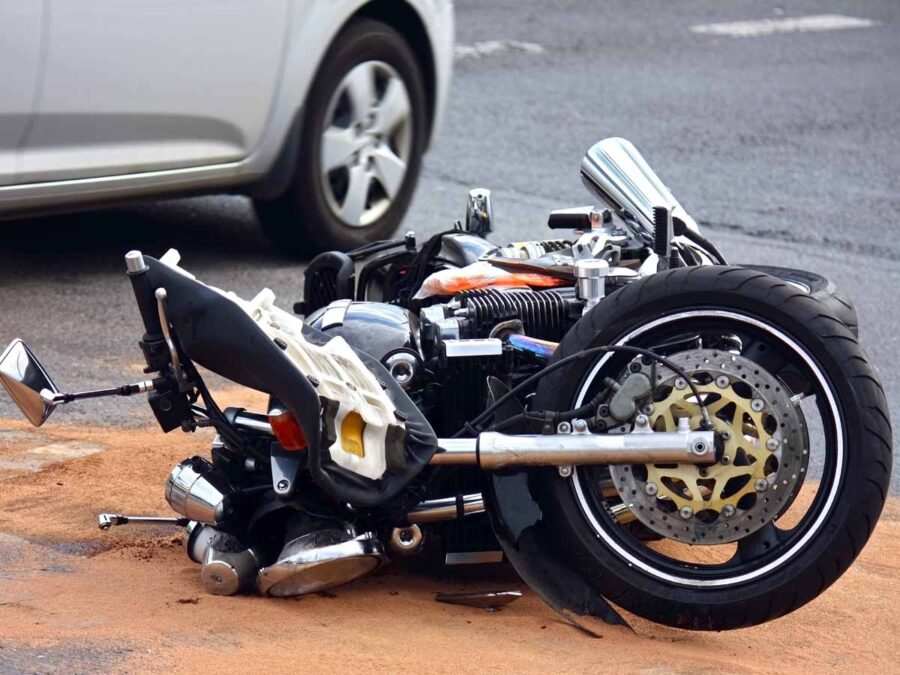
California Motorcycle Laws Every Biker Should Know

Motorcycling in California is more than just a mode of transportation; for many, it’s a passion, a lifestyle, an expression of freedom. With its dynamic mix of urban hustle and serene landscapes, California has unique laws tailored for motorcycle riders. Whether you’re just starting to ride or have miles of experience, every rider must understand and respect these regulations.
At Wagner Zemming Christensen, LLP, our Riverside motorcycle accident lawyers believe that knowledge is power, especially when it comes to the rules of the road. While the laws that cars must follow generally apply to motorcycles as well, there are some motorcycle-specific regulations every biker should know.
California’s Motorcycle Helmet Laws
According to the California Motorcycle Handbook, all bike riders must always wear a helmet. This rule applies to all riders, regardless of age, and their passengers. Per the text of the relevant statute, the only exception to this rule is for riders and passengers in fully enclosed, three-wheeled motorcycles that are less than seven feet long, less than four feet long, and weigh less than 900 pounds.
There are also specific requirements for what kinds of helmets bike riders and passengers must wear. According to California law, helmets must comply with federal safety standards. Look for a sticker inside a helmet to see if it meets these standards.
Motorcycle Safety Equipment Requirements
The California Motorcycle Handbook says any street-legal bike must have the following safety equipment:
- Headlights
- Taillights
- Brake lights
- Turn signals
- Front and rear brakes
- Mirrors
- A horn
State law also says a motorcycle’s seat must allow the rider to reach the ground with their feet. Finally, a motorcycle’s handlebars cannot be positioned so that the rider’s grips are more than six inches above shoulder height.
Carrying Passengers on a Motorcycle in California
Carrying passengers on a bike in California is illegal unless the motorcycle has certain safety features. First, the passengers must ride on a seat that is securely fastened to the motorcycle or in a sidecar meant to carry passengers. Second, passengers must have footrests unless they are riding in a sidecar. Finally, passengers must keep their feet on the footrests whenever the motorcycle is moving.
Insurance Requirements for California Motorcycles
The California Motorcycle Handbook states that motorcycle riders must carry the same insurance as any other driver. According to the California DMV, the minimum amount of insurance everyone must have includes:
- $15,000 in liability coverage for injuries to a single person
- $30,000 in liability coverage if more than one person sustains injuries in a crash
- $5,000 in property damage coverage
Lane-Splitting and Lane-Sharing in California
Lane-splitting is when a motorcycle rider rides on the line between two lanes of traffic. While lane-splitting is legal according to state law, the California Highway Patrol has issued the following guidelines to keep riders safe:
- Do not travel at more than ten mph above the speed of traffic around you
- Avoid lane-splitting when traffic is moving at 30 mph or faster
- When possible, ride between the far-right lane of traffic and the next lane over when lane-splitting
- Consider weather conditions, traffic conditions, and other factors before splitting a lane
- Always watch for potential hazards around you when lane-splitting
Lane-sharing, which is when two motorcycle riders ride side-by-side in the same lane, is also legal in California. However, no more than two motorcycle riders can share the same lane.
Contact a Riverside, CA, Motorcycle Accident Attorney Now
Motorcycle riders in California frequently suffer injuries even when they obey all traffic laws. If another driver injured you in a collision, Wagner Zemming Christensen, LLP, can fight for fair compensation on your behalf. Call 951-686-4800 or reach out online for a confidential case evaluation.



